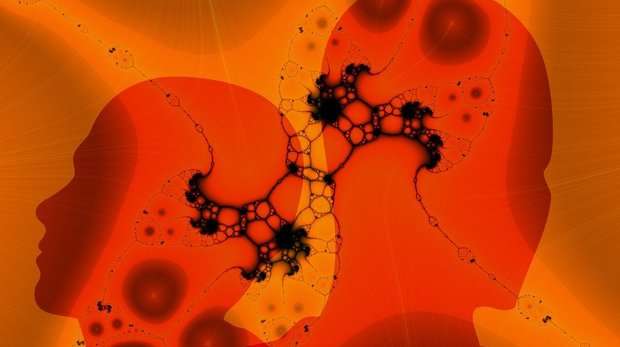New light shed on causes of movement disorders Parkinson's disease

A possible cause has been found for the disrupted communication between brain cells exhibited by Parkinson's patients. Bettina Schwab, a researcher at the University of Twente, discovered that this group of patients have increased concentrations of a certain type of protein. Ms Schwab defended her doctoral dissertation on Friday 22 April.
As their disease progresses, Parkinson's patients experience more and more movement disorders. Scientists have been searching for the cause of this disease for many years, but that mystery has yet to be fully unravelled. It has been established that Parkinson's disease patients have a deficiency of dopamine in the deeper portions of their brain (the basal ganglia). As a result, nerves in this part of the brain can no longer control the signals they transmit to other nerves, to move specific parts of the body. This produces effects such as tremors, slowness of movement, muscle rigidity and balance problems. Patients take medication to compensate for the shortage of dopamine, but this is not always effective and it also produces side effects.
Motor Problems
The human brain is composed of grey and white tissue masses, containing millions of nerve cells (neurons). These cells communicate with each other and with the rest of the body by releasing chemical substances known as neurotransmitters. Scientists ascribe the motor problems experienced by Parkinson's patients to the synchronization of neurons. In such cases, nerve cells all start doing the same thing. As a result, the assorted stimuli produced by the brain fail to reach other parts of the body, and motor problems develop.
Connexin 36
Ms Schwab's research has revealed a mechanism that may account for the disturbances seen in Parkinson's patients. She examined brain tissue from 12 deceased individuals, six of whom had Parkinson's disease. In the latter group, she discovered increased levels of the protein Connexin 36. This protein connects neurons together through a synapse or gap junction. That connection probably plays a part in the synchronization of nerve cells that occurs following the development of dopamine deficiency. Bettina Schwab's findings are an important contribution to an improved understanding of Parkinson's disease. They may also be of help in developing better therapies for Parkinson's patients.


















